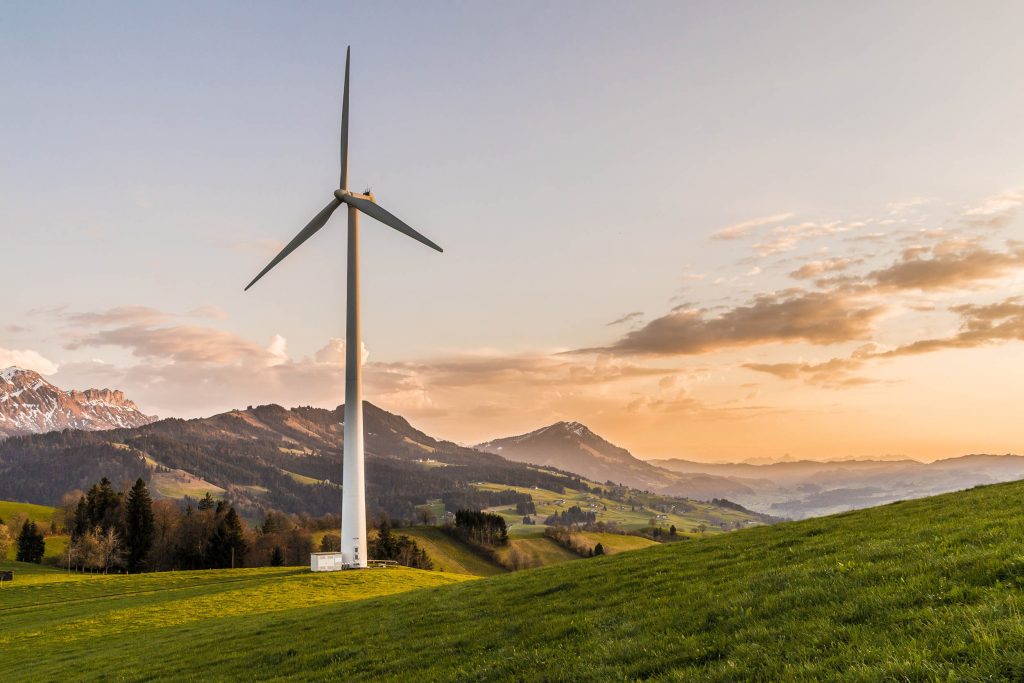Renewable Energy Using Wastewater

Getting energy from wastewater requires treatment plants. The gas that comes from wastewater sludge is renewable, but the process of extracting it causes greenhouse gas emissions. However, some high-end biomass power plants produce zero carbon footprints when they provide hydrogen gas from wastewater. These power plants use wastewater from homes, offices, and industrial buildings. When the local supply of wastewater is collected, it can be used innovatively. Let’s see how we can generate energy from wastewater before supplying consumers.
Effective Treatment Processes of Wastewater
Light-based Biogas Refinery
This method of harnessing green energy from wastewater is clean but expensive. It’s a treatment plant that uses electrical current and sunlight to generate hydrogen gas. Naturally, phototrophic bacteria decompose when they extract energy from sunlight. Without emitting greenhouse gas, this biogas refinery is an environmentally-friendly concept. As the bacteria decompose, hydrogen gas and biodegradable polyester (byproducts) are extracted into another chamber. The plant’s set up has boilers that cogenerate biogas (hydrogen) for electricity and heat. The concentration of these gases rises as the drain gets blocked.
Sludge Digestion
As a renewable energy source, wastewater goes through many chambers inside the plant. In the energy-rich wastewater are bacteria, algae, and other microorganisms. Scientific studies show that organic matters thrive inside no-oxygen septic tanks. The solid sludge in wastewater has potential energy, and it produces biogas like methane. Usually, sludge passes through thermal hydrolysis and anaerobic digester sections of the plant during the treatment processes. Most sludge-to-energy systems separate at least 30% of the sludge before extracting methane gas during the anaerobic digestion.
Some plants can treat 5,000 m3 of sludge every day. The innovation of eco-friendly products has produced machine components of treatment plants that emit between 0 to 20% of CO2 emissions. After treating wastewater, the system traps solid waste particles that are nutritious for soil. These nutrient-rich particles are called ‘digestates;’ they are useful agricultural additives. Farmers can boost soil quality, and grow their plants with this value chain. Also, biogas might go through more purification chambers, and compression systems to produce natural gas. The versatility of bacteria, algae, and microorganisms’ metabolism is producing natural gas for trains, driverless cars, and turbines.

Advantages of Using Wastewater for Energy
Promotes Eco-friendliness
Generally, methane-rich biogas is cleaner than fossil fuel like coal, diesel, and petrol. With the potential to reduce carbon footprints to zero when producing biogas, wastewater is an eco-friendly source. Usually, most treatment plants also emit greenhouse gases like CO2 when it process wastewater. However, the innovation of using light digesters for nutrient-rich sludge, and reusing the biogas helps to minimize the effects of climate change. This process makes a better alternative than non-renewable sources of energy.
Source of Revenue
Biofuel energy production process creates a value chain of economic benefits. While harnessing all the waste-to-energy benefits, selling ‘digestate’ to farmers and natural gas can boost revenue. Investing in a treatment plant might guarantee massive revenue. It’s because electricity is consumed, and wastewater is used daily.
Clean Alternative for Electricity
Considering the treatment process that wastewater pass through, it’s a clean source of energy. Using wastewater energy for electricity is a deal-breaker because it’s cheap and renewable. After, removing the pollutants, clearing the potential source of the sewer blockage and disease-causing microorganisms; simply feed the biogas to turbines.
Waste Management
Health is wealth because it’s better to maintain cleanliness than to pay a doctor for treatment. Usually, wastewater treatment plants are run by private investors and public utility agencies of municipal councils. The wastewater treatment plant is an infrastructure that reduces the volume of waste (greywater, and blackwater) in septic tanks. Since the offensive smell from waste degrades the quality of air, sludge-to-energy plants remain a great option for managing waste.
